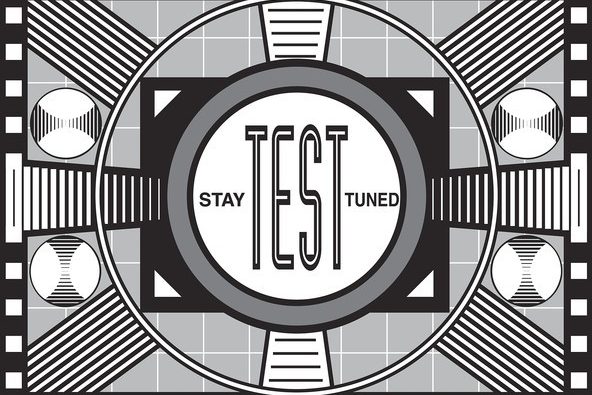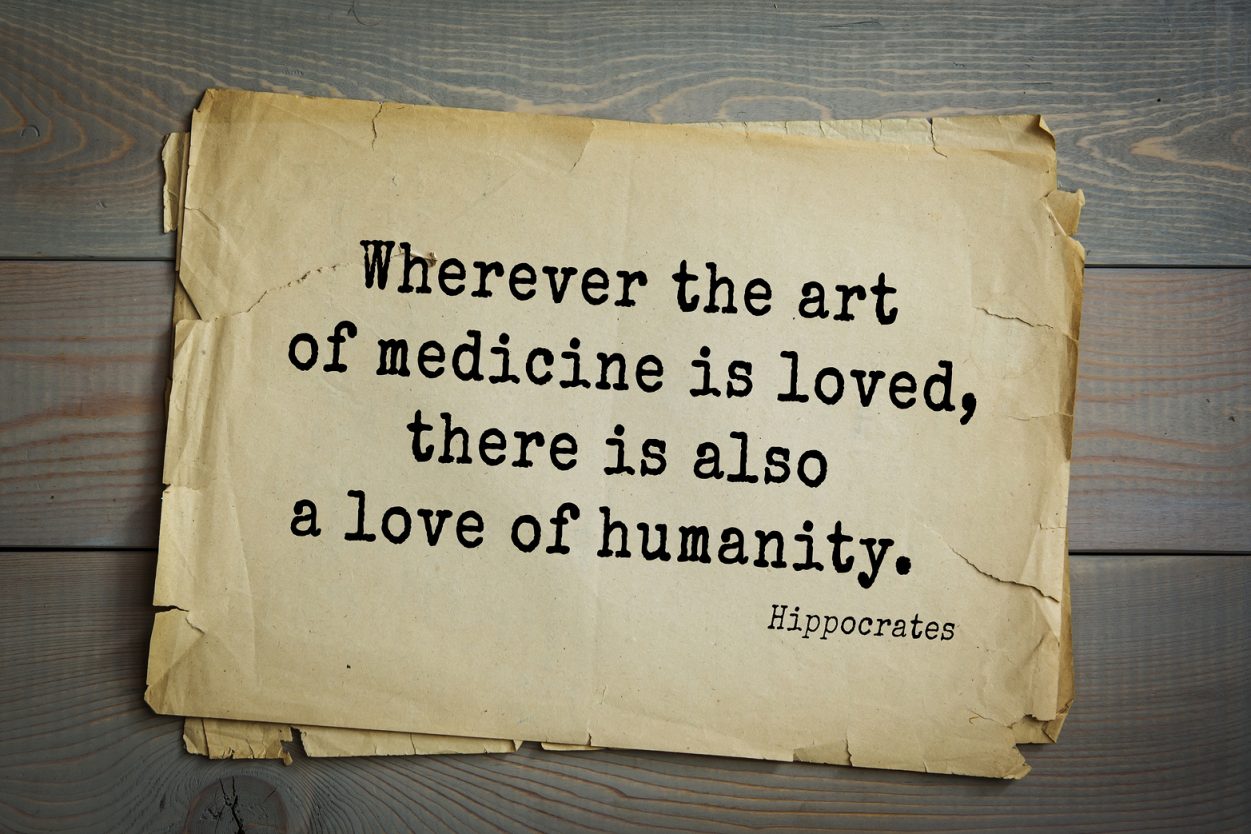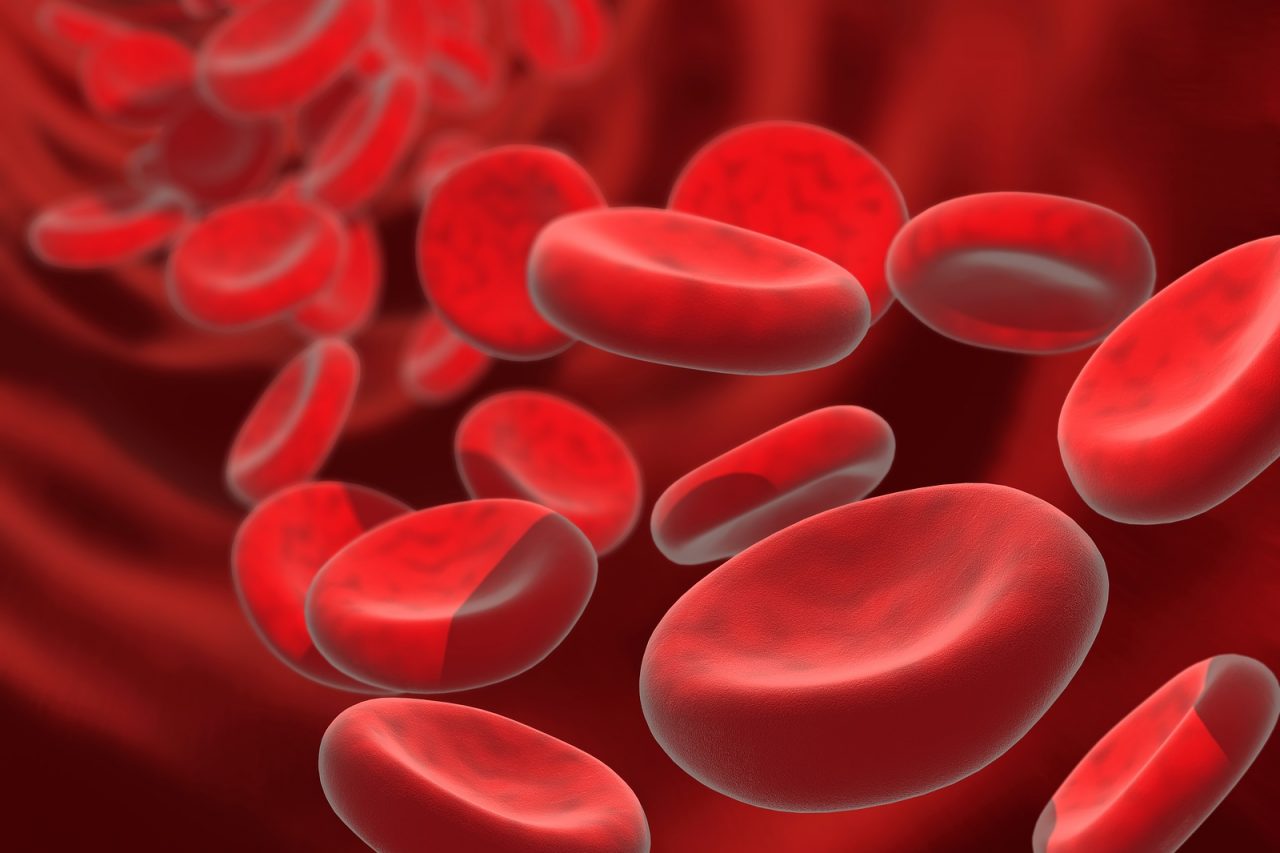Warning! I am a practicing doctor who sees real patients using an Electronic Medical Record (EMR). My sole agenda is to provide the best patient care. I have no financial stake in Information Technology (IT). However, unlike the editorial board at the Wall Street Journal (WSJ), Mr. Stephen Soumerai of Harvard or Mr. Ross Koppel of the University of Pennsylvania, I have actually used digital patient records for over a decade and I have news for them; EMRs work.
In a reactionary opinion in the Wall Street Journal entitled “A Major Glitch for Digitized Health-Care Records”, the authors expanded to the point of silliness the conclusions of a review of healthcare IT by McMaster University. The McMaster analysis abstracts data from 36000 studies over five decades of healthcare IT and concludes that computerization has yet to save dollars nor improve health care. WSJ editorialists proposed that the concept of a common medical database has “already failed” as is “common knowledge.” While they portend to “fully share the hope” in the success of a computerized healthcare system they express doubt as to “why are we pushing ahead to digitalize.”
The question is so ridiculous as to barely require an answer. We are pushing ahead to digitalize because the healthcare industry, which is 18% of our GDP, is the last major industry to go electronic. Despite how critical medicine is to our citizen and nation’s vitality, health care is most often documented with paper and ink. Can you imagine any other industry where this would be acceptable? Would you go to a bank where they use a hand-written ledger? Travel on an airplane without GPS, fly by wire technology or a minimum of three computers? Do you yearn for rotary phones? Credit cards left paper money behind decades ago and will soon move on to the next phase, pay by smart-phone. The world is digital and one of the core problems with medical care is its failure to follow.
The average doctor writes his notes on parchment and scribbles orders on contact paper. He wastes time writing prescriptions by hand that cannot be read and will produce unneeded drug interactions and side effects. The data on billions of health care events cannot be mined, monitored, analyzed or improved, because it is not digital. Millions of hours are wasted, billions of dollars vanish and tens of thousands die because of preventable medical complications, the result of massive variation in quality and safety. We are doomed because we cannot access or evaluate most medical care data; “If you can not measure it, you can not manage it.”
Taking health digital is key to fixing and affording care. Standard, unified medical records will significantly decrease the risk of providing unneeded or dangerous medical care. Massive efficiencies will result by reducing duplication, speeding communication and reduction in waste (and fraud). Critical improvements will follow the use of guidelines to study clinical databases and drive quality. This means that whether one lives in Manhattan, in the mountains of Tennessee or potentially deep in Africa, the finest care will be possible.
How do I know this to be true? Our practice of seven doctors and three nurse practitioners was an early EMR adapter. We put in our first basic system in 2000, upgraded three times and have been fully electronic for four years. This has resulted in marked efficiencies and obvious quality improvement. Encrypted electronic records cannot be lost, are unlikely to be stolen and are always available from anywhere. Ordering tests is instantaneous, as is reviewing results, organizing treatments, scheduling appointments or communication with outside health providers. On the cost side we reduced non-clinical staff by more than 50% and in an account receivable analysis our billing cycle dropped more than 60% and bad debt fell to low single digits.
Today in the office, I saw four new patients. Without assistance of clerical staff and without leaving my desk I reviewed their entire surgical, laboratory, pathological, and radiologic records. By the time, I entered the room to meet each of them a significant part of their medical history was entered into our EMR, based on outside records, so that the care and observations of previous doctors was not forgotten. Half way through each visit documentation of their history and physical exam was complete, leaving more time to talk with each patient. Tests were ordered, treatments scheduled, disability letters printed, medications e-scripted, instructions created and follow-up appointments setup. The patients were given codes to electronically access their records from home. Letters were sent online to referring doctors, as well as any clinicians we were consulting in that patient’s care. Billing was complete before each patient got to the parking lot. Such is the power, efficiency and quality of electronic medical records.
This is just the beginning. Although EMRs now provide assistance with basic medical care, such as scheduling flu shots, identifying drug interactions, and health screening reminders, future systems will use academic information to assist the doctor in making diagnoses and planning treatments. Seamless with the EMR will be computer augmentation to create differential diagnoses and recommend treatment alternatives. In oncology alone there are almost 50,000 articles published each year; Artificial intelligence integration with the clinical EMR will help every doctor penetrate that massive database on a continuous basis as it applies to individual patients.
So, why does the McMaster study not show this obvious benefit? It comes to four factors. The first is the “five decades” of study reviewed by the Canadian authors. Since most doctors did not start adapting EMRs until 3 years ago, that leaves 57 months of irrelevant data. Second, we have not reached the critical mass to achieve broad system efficiencies, as hospitals and doctors are still figuring out how to incorporate the technology into their daily practice, and less than 50% of health care providers have converted to EMRs. Third, we do not yet have a universal common database for medical records. This is a complex technological step, which has been achieved in major industries such as banking, but still must be assembled in medicine. Finally, as was correctly stated in the WSJ Op-Ed piece, present EMRs are cumbersome, immature, and several generations short of perfection. However, these are expected problems when implementing disruptive evolving technology in the complex changing health market. Challenge is a weak argument for giving up and bringing back the fountain pen.
I am not certain what the goal of Sommeri and Koppel was in writing this piece, they offer nothing but “hope.” The Journal has been a strong supporter of business technology leading the drive towards quality, and has long recognized the positive contribution of IT to industry. Those of us in the trenches, putting EMRs in place, ironing out the kinks, know that Electronic Medical Records are now and they are the future. With IT at the core of the healthcare renaissance we can make medicine cost efficient, producing quality second to none.







4 Comments